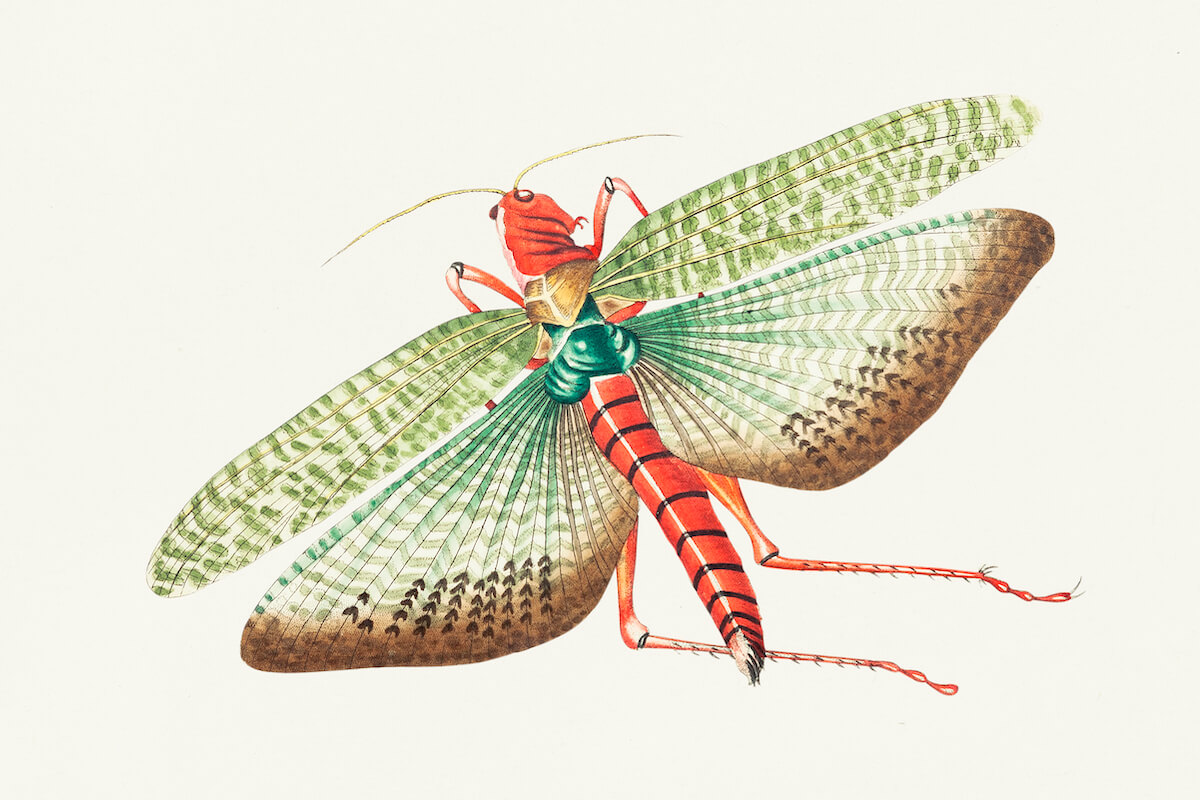According to Onesicritus, in those parts of India where there is no shadow, the men attain the height of five cubits and two palms, and their life is prolonged to one hundred and thirty years; they die without any symptoms of old age, and just as if they were in the middle period of life. Pergannes calls the Indians, whose age exceeds one hundred years, by the name of Gymnetæ; but not a few authors style them Macrobii.
Ctesias mentions a tribe of them, known by the name of Pandore, whose locality is in the valleys, and who live to their two-hundredth year; their hair is white in youth, and becomes black in old age. On the other hand, there are some people joining up to the country of the Macrobii, who never live beyond their fortieth year, and their females have children once only during their lives.
This circumstance is also mentioned by Agatharchides, who states, in addition, that they live on locusts, and are very swift of foot. Clitarchus and Megasthenes give these people the name of Mandi, and enumerate as many as three hundred villages which belong to them. Their women are capable of bearing children in the seventh year of their age, and become old at forty.
Artemidorus states that in the island of Taprobane (Ceylon) life is prolonged to an extreme length, while at the same time, the body is exempt from weakness. Among the Calingæ, a nation also of India, the women conceive at five years of age, and do not live beyond their eighth year. In other places again, there are men born with long hairy tails, and of remarkable swiftness of foot; while there are others that have ears so large as to cover the whole body.
